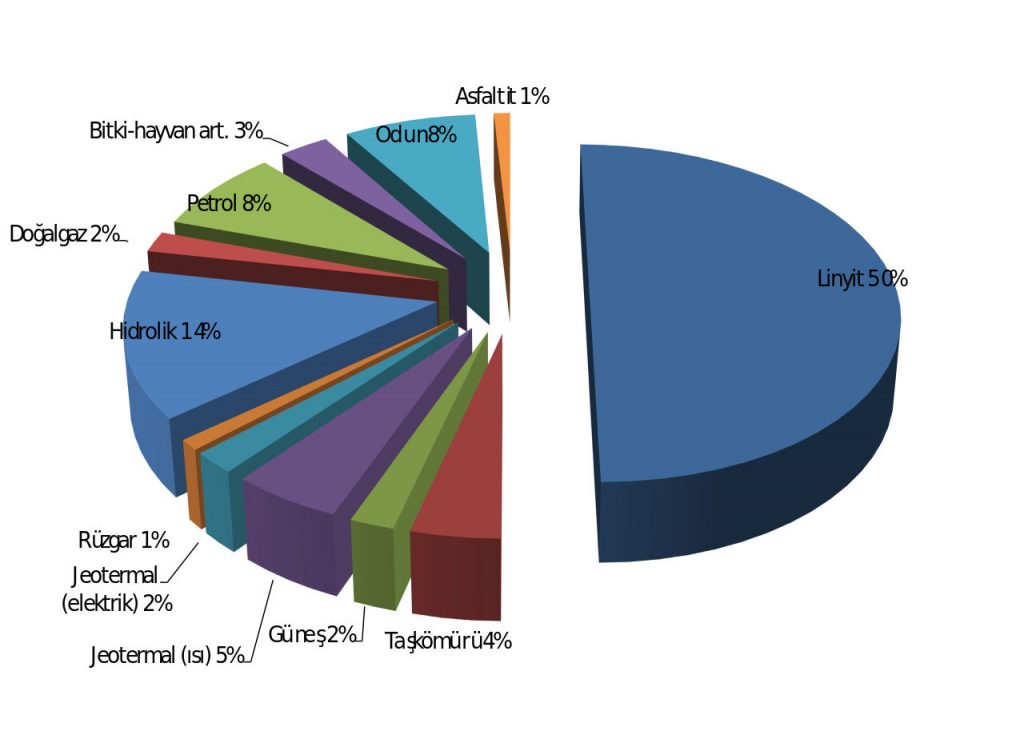Advantages of Using Geothermal.
Geothermal energy is more environmentally friendly than conventional fuel sources such as coal and other fossil fuels. In addition, the carbon footprint of a geothermal power plant is low. While there is some pollution associated with geothermal energy, this is relatively minimal when compared to fossil fuels.
Since geothermal energy is a naturally occurring resource there is no fuel required, such as with fossil fuels that are a finite resource which needs mining or otherwise extracting from the earth.
Geothermal energy is a source of renewable energy that will last until the Earth is destroyed by the sun in around 5 billion years. The hot reservoirs within the Earth are naturally replenished, making it both renewable and sustainable.
Geothermal provides a reliable source of energy as compared to other renewable resources such as wind and solar power. This is because the resource is always available to be tapped into, unlike with wind or solar energy.
Worldwide energy consumption is currently around 15 terawatts, which is far from the total potential energy available from geothermal sources. While we can’t currently use most reservoirs there is a hope that the number of exploitable geothermal resources will increase with ongoing research and development in the industry. It is currently estimated that geothermal power plants could provide between 0.0035 and 2 terawatts of power.
Effective use of geothermal for electricity generation requires water temperatures of over 150°C to drive turbines. Alternatively, the temperature difference between the surface and a ground source can be used. Due to the ground being more resistant to seasonal heat changes than the air, it can act as a heat sink/ source with a geothermal heat pump just two metres below the surface.
Energy generated from this resource is easy to calculate since it does not fluctuate in the same way as other energy sources, such as solar and wind. This means we can predict the power output from a geothermal plant with a high degree of accuracy.
There is a great deal of exploration into geothermal energy at the moment, meaning that new technologies are being created to improve the energy process. There are an increasing number of projects to improve and grow this area of industry. With this rapid evolution many of the current cons of geothermal energy will be mitigated against.
Geothermal energy, form of energy conversion in which heat energy from within Earth is used for cooking, bathing, space heating, electrical power generation, farming ( green houses ), fish farming as necessary and other uses.
Geothermal Energy
Geothermal energy is heat within the earth. The word geothermal comes from the Greek words geo (earth) and therme (heat). Geothermal energy is a renewable energy source because heat is continuously produced inside the earth. People use geothermal heat for bathing, to heat buildings, and to generate electricity.
In addition to being a renewable energy source, geothermal energy addresses broad range of areas than other sources such as solar, wind and biomass.
Depending on the temperature of the water in geothermal resources, geothermal energy can be used for energy production, house and area heating, greenhouse heating, space cooling (for instance Izmir, Balçova Heating Center), dry ice production, drying fruits etc., industrial purposes, mineral extraction (lithium, boron production) etc. applications, fish production It can be used in animal breeding.
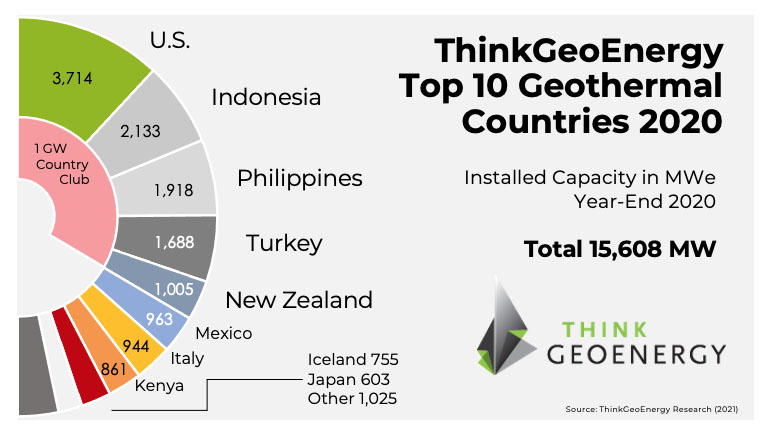
Today installed power of geothermal power plants in the world is around 16 GWe and it is increasing.
The energy they produce is reliable and it is base load power plants, since their capacity factors are up to 90%ç
A geothermal power plant can work 24 hours just like mini-nuclear power plants (unlike danger and cost inside) without any footprint for the world.
Our country ranked first in geothermal energy in terms of capacity increase in the world last year, and ranks within first 4 in the world.
Our country is in a very rich position in terms of geothermal resources due to the geological conditions in its region.
Benefits are provided by applications in more than 15 different fields with integrated use such as electricity generation, housing, greenhouse heating, thermal tourism and drying and dry ice, greenhouse cultivation, and mineral production from geothermal resources predominantly in Western Anatolia.
Turkey’s electricity consumption increased year-on-year by 0.14% in 2020, according to data from Turkey’s Electricity Transmission Corporation.
The country’s power consumption registered at 290.86 billion kilowatt-hours in 2020 compared to 290.45 billion kilowatt-hours in 2019.
Turkey produced 291.55 gigawatt-hours of electricity in 2020 – a production increase of 0.11%, up from 291.22 gigawatt-hours in 2019.
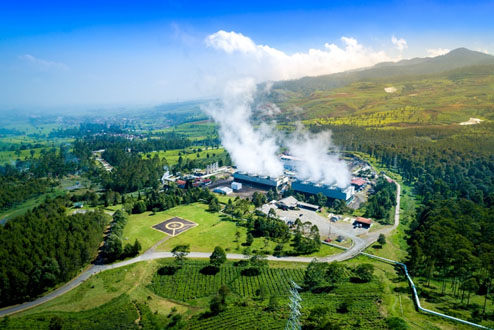
Turkey’s electricity imports from neighboring countries fell by 14.47%, reaching 1.89 billion kilowatt-hours compared to 2.21 billion kilowatt-hours in 2019.
In addition, the country’s electricity exports to neighboring countries decreased by 11.11% to 2.48 billion kilowatt-hours of electricity. Electricity exports in 2019 amounted to 2.79 billion kilowatt-hours.
Turkey aims to increase its electricity production from local and renewable resources.

Figures
Kucuk Menderes Enerji A.S.
in Numbers
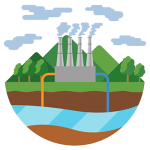
35
MWe Geothermal
2
MWe Solar
3.6
MWe WindGo Green, Go Geothermal, Solar & Wind!
Ecology Is Your Best
Investment
Green energy is a hot topic in a world concerned about climate change. Power generation that doesn’t rely on the burning of fossil fuels to generate electricity for our homes or industries is creating a growing number of investment opportunities. Water, wind and solar are among the top sources of renewable energy.
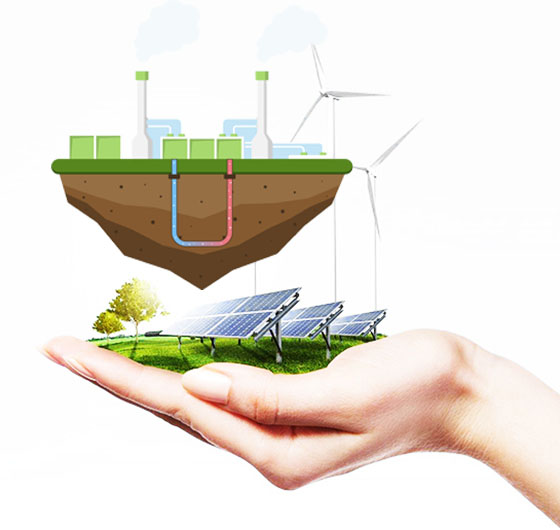
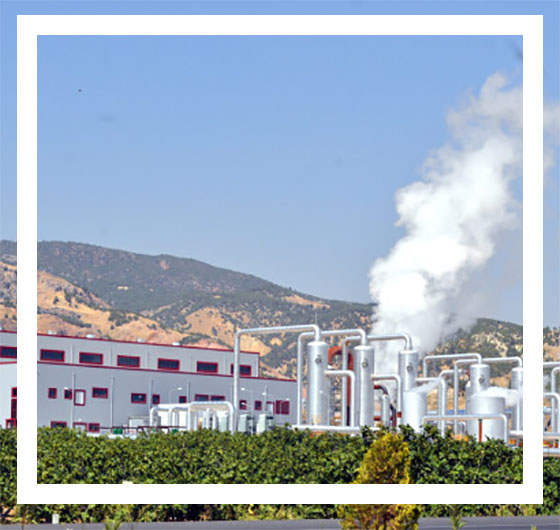
Renewable Energy
BENEFITS OF USING GEOTHERMAL ENERGY
- First, it’s clean. Energy can be extracted without burning a fossil fuel such as coal, gas, or oil. Geothermal fields produce only about one-sixth of the carbon dioxide that a relatively clean natural-gas-fueled power plant produces, and very little if any, of the nitrous oxide or sulfur-bearing gases. Binary plants, which are closed cycle operations, release essentially no emissions.
- Geothermal energy is available 24 hours a day, 365 days a year. Geothermal power plants have average availabilities of 90% or higher, compared to about 75% for coal plants.
- Geothermal power is homegrown, reducing our dependence on foreign oil.

Geothermal Energy Clean & Environment Friendly
Geothermal energy has the smallest land footprint of any comparable energy source in the world. Direct use applications and geothermal heat pumps have almost no negative effects on the environment. In fact, they can have a positive effect by reducing the use of energy sources that may have negative effects on the environment.

Geothermal energy as spotless as Wind.
Electrical power does not, by its nature, create pollution. Modern closed-loop geothermal power plants used to generate electrical power do not emit greenhouse gases. Additionally, they consume less water on average than most conventional power generation technologies.

Geothermal Harmless and Endless.
It is a renewable energy and will never deplete. Abundant geothermal energy will be available for as long as the Earth exists. Worldwide energy consumption is currently around 15 terawatts, which is far from the total potential energy available from geothermal sources. Can be produced consistently, running 24 hours a day, 7 days a week, regardless of weather conditions.
